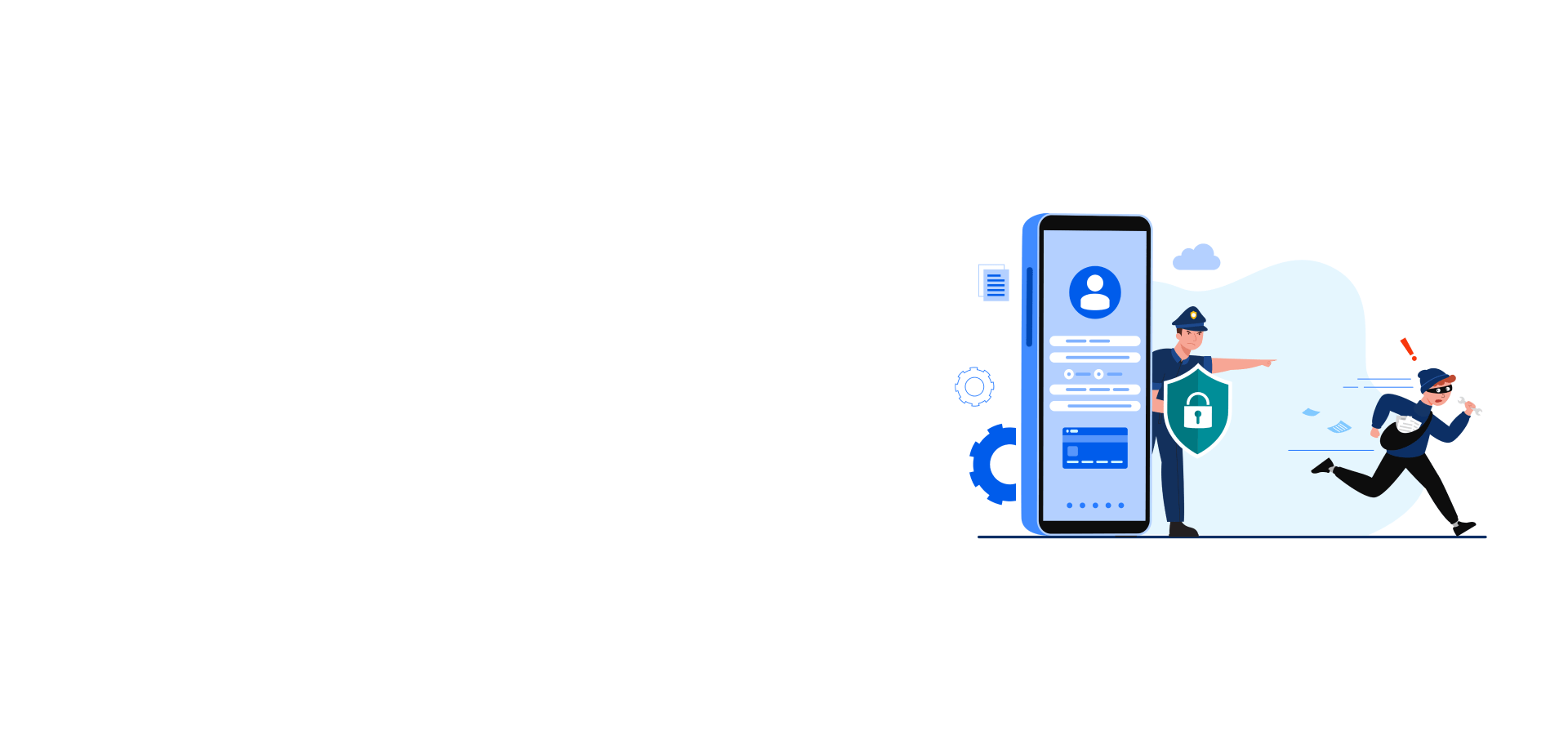
Dependable App security measures to keep hackers at Bay
-

-
Author
Binny Chanchal -
Published
With the rapid growth of digitization and universal increase in volume usage of a digital platform for multifaceted uses, the cyber security risks and concerns have been uppermost in the minds of all. Cybercrime has skyrocketed in recent times due to an ill-informed population and people with inadequate digital knowledge have started using the different sites with lucrative offers. Many of the apps have come under government scrutiny and privacy watchdogs. Many of the apps operating worldwide have been reported to have serious security flaws that expose sensitive personal data.
One bright spot at this juncture is that people have realized the importance of app security and are conscious before downloading any app or clicking any links. Education and some fundamental knowledge are very essential to avoid victims of cyber fraud and app attacks. There is a surge in pandemic-related cyber breaches, and phishing due to the rapid growth of emerging weaknesses and reaping the advantage of the remote work-from-home environments.
BE AWARE OF ENEMY
4 major players are primarily active and responsible for malicious app attacks
- Ideological attackers
- Criminal bend of mind for financial gain
- State-sponsored hackers
- Bots
App developers must be very careful about identifying the weakness in the app that the enemy is likely to exploit. Business houses running e-commerce stores shall be careful about the security breach of the credit card, and debit card data by the hackers. Similarly, if any app is utilized for city utilities, power supply arrangement, drinking water supply, government installations, and government workers then these apps are also the prime target of the hackers to disrupt smooth operations, unstable government, and create chaos.
AIM OF THE HACKERS
There are various aims of the hackers like:
- “Cryptojackers” aim to breach and steal the computer power of the user to plow cryptocurrencies like Bitcoin
- Data compromise like corporate, customer’s personal, CC data, passwords, etc. They even sell them in an underground digital hostile
- environment
- If the app hosts ads regularly then hackers carry out ad frauds and steal ad revenue
IMPLEMENT APP SECURITY FOR PROJECT LIFE CYCLE
Comprehensive secured software development is carried out by meeting some essential requirements like:
Assess primary essentials like
- Risk assessment
- Security features
Deployment
- Secure configuration
- Pentesting
Design
- Threat models
Testing
- Security testing
Development
- Secure coding
- Static Tools Analysis
A robust cyber security system governed by industry’s best practices endowed with automation using artificial intelligence, advanced analytics, and machine learning will fight effectively any cyber threats and reduce the lifecycle minimizing the breach’s impact.
CYBERSECURITY RESPONSIBILITY
Experienced, trained, and professional companies treat any data provided by the user as insecure and any new code from the developer is subject to testing by an expert IT professional. The company analyses in detail:
- Whether users are logging in to their sensitive personal information safely?
- How the data entered are stored in the application?
- How does the app secure all the requests?
- How does carrying out regular code inspection remove any anomalies and prevent any introduction of security vulnerabilities accidentally?
SECURE CODING
To ensure that new vulnerabilities are not introduced by the developer, the professional organization utilizes automated processes. This monitors and checks continuously the quality, health, and status of the code. The methodologies adopted are:
- Continuous Integration
Developers integrate the code with the shared repository daily where it is subject to automated testing.
- Continuous deployment
Validating any new changes in the codebase to ascertain it’s stable, clean, and viable for autonomous practical installation in a production environment.
- Authentication management
It’s the process of managing digital authentication credentials like APIs, keys, tokens, and passwords also separating them from an automated process.
- Code analysis
Identify patterns and rules in code at every stage of the development lifecycle.
UPDATE APPS
The user apps shall be updated regularly to mitigate any breach attempt by a fraudster. Professional developers constantly shift the landscape from the operating system, framework, programming language, third party libraries, and open software so that the end-user is safe preventing them from any cyber breach.
